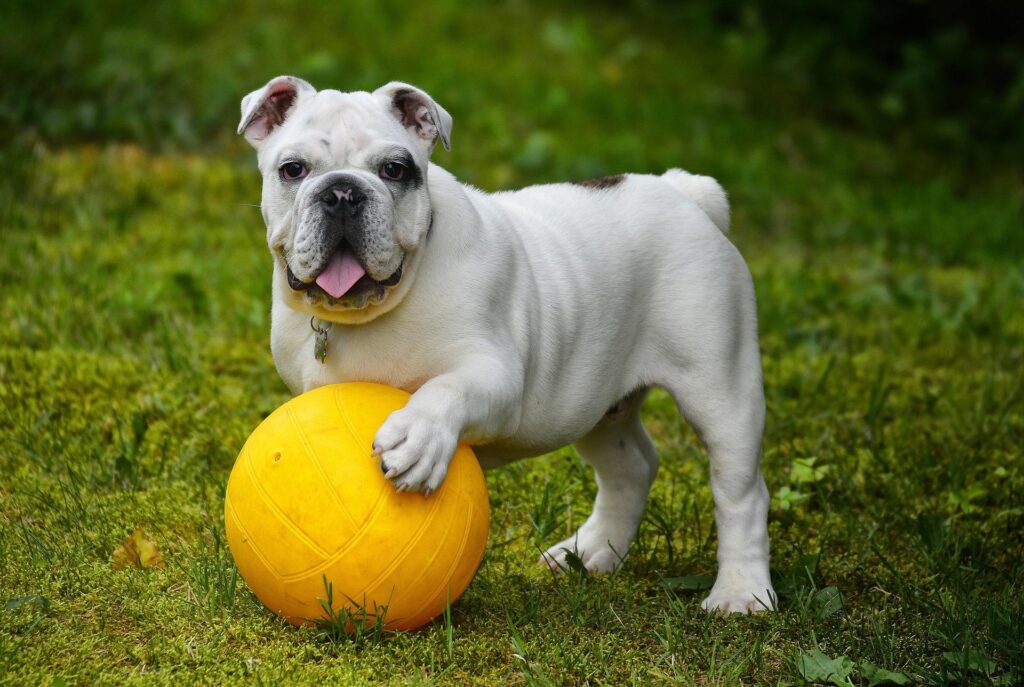If you have or are planning to get a rescue dog, you may wonder how you can get your dog to do what you ask of them.
It may be returning to you when you call them in the park, or not to bark at other dogs, not steal food from the counter and many other behaviours that your rescue dog may want to engage with that may be harmful to them, you, or others.
The answer to how to achieve a responsible, well adjusted, and obedient dog to always use positive reinforcement.
How to apply positive reinforcement
Positive reinforcement is a training technique based on behavioural science. It is giving a dog a treat or something they really like and value, at the time they complete a specific behaviour. The treat is a positive reinforcer. A treat may be food, a ball, anything the dog values highly. By giving the dog a much-valued treat, the dog will most likely repeat that behaviour when you ask that from them again. Karen Pryor explains in her book Don’t Shoot the Dog! that “the reinforcer has to occur in the very instant the behaviour is taking place”. Janine Davenport, experienced behaviourist, stresses that every time we are giving a dog a treat, we are reinforcing the last action or behaviour that dog carried out.

Positive reinforcement is the most ethical method to teach your dog any behaviour you desire from them. Positive reinforcement is still more important when we deal with rescue and adopted dogs from Spain.
These rescue dogs may have had traumatic experiences whilst strays in Spain and any training using punishment techniques will lead to a huge variety of behaviour problems. It will increase the dogs suffering and may trigger post traumatic stress disorder in some dogs.
Benefits of using positive reinforcement
Janine Davenport, a qualified behaviourist, and strong advocate of positive reinforcement techniques lists several proven benefits for your rescue dog:
- Stimulates your dog’s brain and improves your dog’s cognitive ability. They learn better and faster
- It helps all dogs be happier and reduces their levels of anxiety. This is very important for rescue dogs that arrive to your home with high levels of anxiety and fear
- Your dog’s body will produce less cortisol, a stress hormone, responsible for anxiety and many behaviour problems when produced in excess
- Improves your relationship and bonding with your dog. Your dog will associate you with good things
- Stimulates pleasure centres in the brain of your dog leading to happiness
- Your dog learns to understand your body language better and therefore will be more responsive to what you ask of him
- It boosts Oxytocin release. The same chemical we humans release when we fall in love
- It increases bonding with your dog
All rescue dogs should be trained using positive reinforcement techniques only.

Liaise with recognised behaviour professionals
If you are a first-time adopter or you have been using different techniques with dogs, take some time to learn this technique by reading and liaising with recognised professionals with expertise in training dogs with positive reinforcement techniques.
When hiring a behaviourist always ensure they use positive reinforcement techniques and avoid so called experts that will punish your dog or do not believe in treating your dog for behaviours they do well.
Ensure they are experts in operant conditioning and positive reinforcement techniques.
We recommend that you seek for behaviourists recognised by the Institute of Modern Dog Training (IMDT) and Association of Pet Dog Trainers (APDT)
Recommended books:
- How dogs learn by Mary R Burch and Jon Bailey
- Training dogs by James O’Heare
